I have read a paper about the cold-boot attack led by J. Alex Halderman. Full pdf: https://jhalderm.com/pub/papers/coldboot-sec08.pdf
The paper shows the decay of a data in memory without power. They used this picture as example:

Obviously, the discharged state for some capacitors are represented as 1(white) others as 0(black).
What is the reason for this? Why not represent every discharged capacitor as 0? Can you give me some insight in this topic, or keywords I can further research?